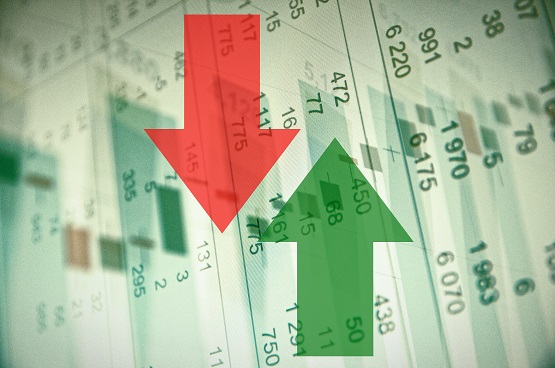The ceasefire agreed between India and Pakistan has come as a big relief to the market. Escalation of tensions and extension of the conflict would have certainly impacted the economy, and thereby, the market. Fortunately, such an outcome has been averted.
The relevant question now is: where do we go from here?
Global and domestic macros support a rally
Despite the tensions between India and Pakistan, the market has exhibited surprising resilience. The fundamental reason for this resilience has been the sustained FII buying, which, in turn, was supported by global macros. FIIs have been big sellers for many months, and the big trigger for FII selling since the election of Donald Trump as the US president has been the sharp rise in the dollar index. The dollar index, which peaked at 111 in mid-January 2025, triggered a momentum trade into US equity and bonds, which, in turn, led to massive selling in other markets. FII selling in India in January 2025 was a massive ₹78027 crores. With the decline in the dollar index since then, FII selling also started declining. FII selling declined to ₹34574 crores in February and ₹3973 crores in March.
President Trump’s reciprocal tariff declaration on April 2nd set alarm bells ringing in global trade and economic circles. The crash in global equity markets following the reciprocal tariff declaration was a clear message that the markets feared a sharp deceleration in global growth in general, and in US and Chinese growth in particular. The consensus that India would remain the fastest-growing large economy with above 6 percent growth tilted the scales in favour of India. The RBI is starting a rate-cutting cycle with two rate cuts and prospects for more, which is another shot in the arm for the stock market. Consequently, FIIs turned buyers in India with a net buy figure of ₹4,223 crores in April. More importantly, FIIs were sustained buyers for sixteen trading days and bought equity for ₹48,533 crores before selling for ₹3798 crores on 9th May when the conflict intensified. The declaration of a ceasefire can facilitate the resumption of FII buying.
Read Foreign investors remain ‘bullish’ on India despite ongoing tensions with Pakistan
Positive domestic macros
The Fed chief Jerome Powell in the latest policy meeting warned that “risks of higher unemployment and higher inflation have risen”. GDP growth in the US in Q1CY25 has already come at negative 0.3%. US economic growth will be sharply lower this year, impacting their corporate earnings and thereby their stock market. The second-largest economy in the world, China, struggling under high US tariffs, is unlikely to grow above 4 percent this year. Europe and other emerging markets are also struggling with pedestrian growth. In this gloomy scenario, India, with about 6 percent growth rate, around 15 percent expected earnings growth and a declining inflation and interest scenario, stands bright.
Largecaps will lead
Since FIIs are likely to be the prime movers of the market going forward, their favourite largecap stocks are likely to lead the rally. The record SIP inflows in April at ₹26,632 crores can also lend support to the rally. However, the high ratio of SIP stoppages in April is an area of concern. Investors are committing a big mistake by stopping SIPs. The earlier they reverse this decision, the better.
Prospects for largecap financials like ICICI Bank, HDFC Bank and Chola Finance, autos like M&M and Eicher Motors, pharmaceuticals like Sun Pharma, Dr Reddy’s and Cipla, industrials like L&T and ABB, digital stocks like Eternal and Paytm and others like Titan and Pidilite look good. Largecap IT has bottomed out. Prospects for midcap IT like Coforge and Persistent look good.
India-Pakistan ceasefire
First published in Mint








